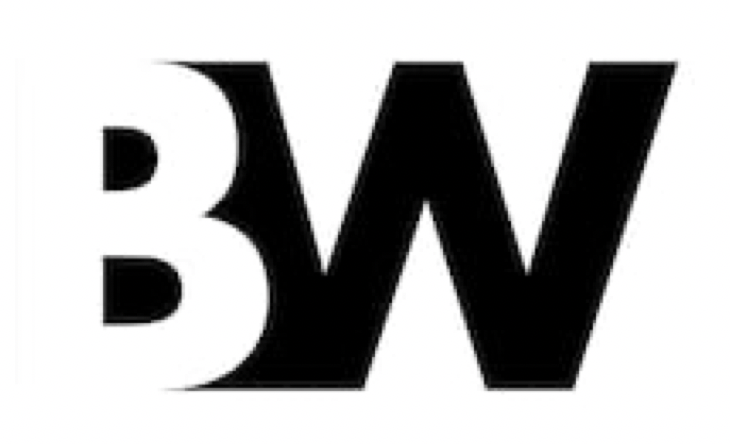My Story
My name is Ben Wesorick and I am an undergraduate student from Cleveland, Ohio. In high school, I was extremely interested in both biology and the human body. This led me to pursue opportunities at the Cleveland Clinic to see the hands-on application of science in the context of medical science. Particularly, I was captivated by the interactions I had with doctors and surgeons that used their clinical experience to innovate inside of the hospital and particularly, the operating room. These innovations range from things different materials used within to body to different protocols used throughout the hospital. After deciding that I wanted to be a part of such innovations, I decided to pursue that career path and study engineering with hopes of going to medical school afterword, I chose Duke based on its strong Biomedical Engineering program with a focus on design. Since getting to Duke, I have continued this trajectory.
I am currently a BME senior, with a concentration in biomechanics and biomaterials. My area of interest has been materials and devices that come into contact with the human body, particularly during or after surgery. This had led me to several opportunities, I have worked for a shoulder surgeon, studied the fracture mechanics of 3D printed plastics and joined the BME Design Fellows program. As a part of this program, I work closely with surgeons/physicians who have identified problems within their field and work to translate these ideas to devices. Currently, I am apart of two innovative projects within the Plastic Surgery Department. In the first, we are hoping to address the problem of retained sponges in post-operative patient care. In cases where patient wounds cannot be closed with suture, the wounds are left open and packed with foam sponges every day. If one of these sponges is not removed from the wound, the risk of infection increases greatly. After doing extensive interviewing physicians, nurses and patients, we have identified the target need and have begun to prototype a solution. In the second, along with another student, I have built a prototype a device that uses UV lights to sterilize drain tubes and bulbs that are used in patients who had mastectomies or other surgeries with large amount of tissue removal. Opportunities such as these have led to my interest in the Innovation and Entrepreneurship certificate, in order to accompany the technical skills that I have built in the school of engineering. With skills learned in the certificate, I hope to better be able to turn engineering opportunities and needs into innovations that can help as many people as possible.
As I have learned in both my I&E and Design Fellows courses, successful innovation comes from knowing "what its like” to be your customer and to know their “job to be done.” As an engineering and entrepreneurship pursuing medicine, my hope is that I will be able to do just that. By being able to work as a physician, I will know what it is like to be a physician and have a good view into the lives of many other stakeholders in healthcare. As a result, I hope to use my experience to help innovate in healthcare in order to promote changes that can impact patient lives as much as possible. I have personally been able to see these kinds of innovations in action. In 7th grade I was diagnosed with Marfan’s Syndrome, a congenital connective tissue disorder that often manifests itself in weakened tissue in the aorta. The summer after my freshman year, I had open heart surgery and my ascending aorta was replaced with a polymer material called Dacron. This is an example of a medical innovation that can affect patient’s lives that I hope to be a part of in the future.
Outside of academics, I try to spend as much time as I can outdoors. While I have been an avid hiker and canoer for most of my life, the sport that consumes most of my time is competitive skeet shooting. For context, in the sport of skeet shooting, the goal is to break a certain number of clay pigeons thrown from one of two stations. I have competed on the national level for several years. Overall, the amount of precision required has taught me important lessons in diligence, patience, and control in order to perform at the top of my game in any circumstance.

